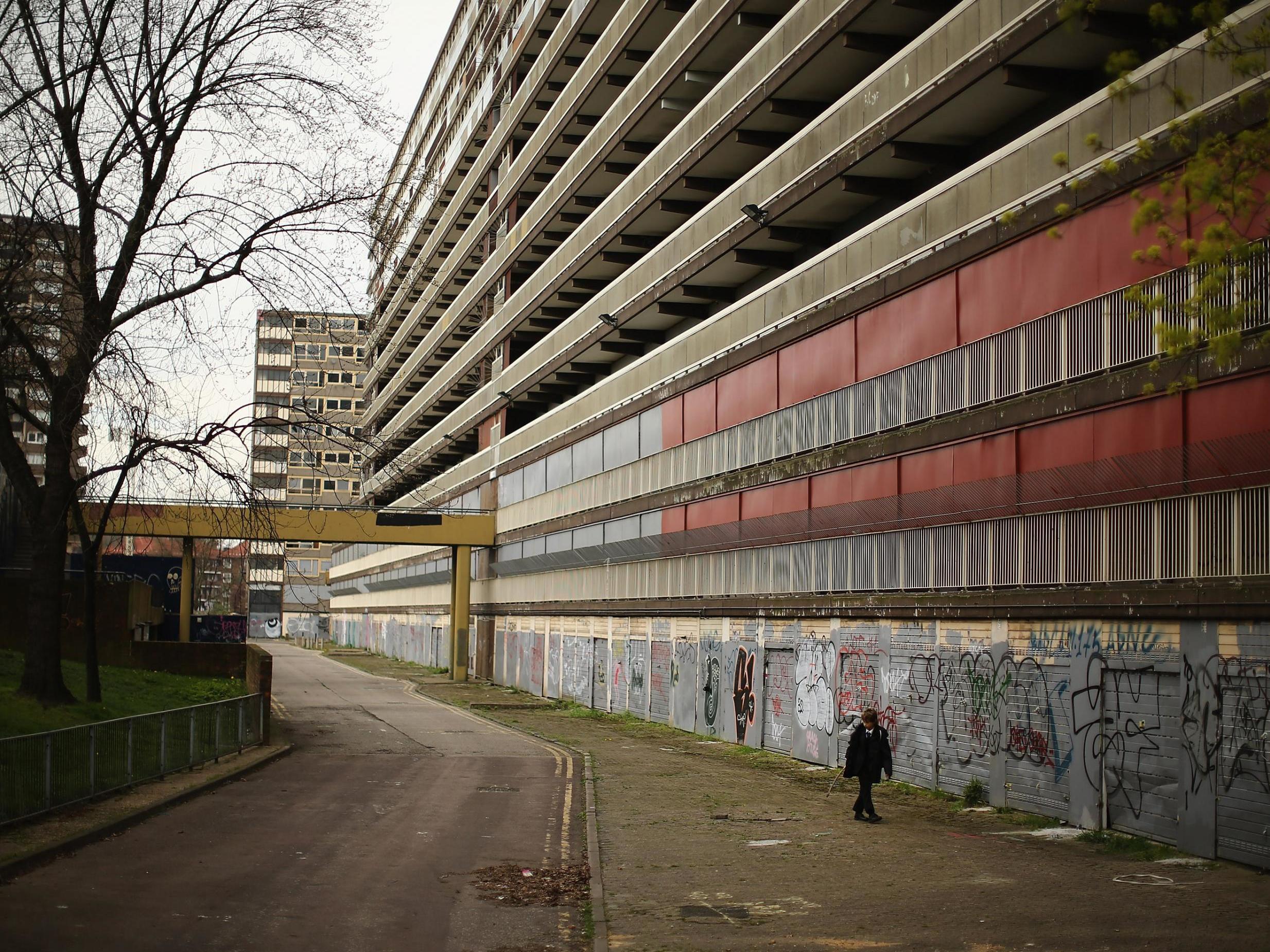Poorest dying nearly 10 years younger than rich in 'deeply worrying' trend, study shows
‘Falling life expectancy in the poorest communities is a deeply worrying indicator of the state of our nation’s health, and shows that we are leaving the most vulnerable out of the collective gain’

Your support helps us to tell the story
From reproductive rights to climate change to Big Tech, The Independent is on the ground when the story is developing. Whether it's investigating the financials of Elon Musk's pro-Trump PAC or producing our latest documentary, 'The A Word', which shines a light on the American women fighting for reproductive rights, we know how important it is to parse out the facts from the messaging.
At such a critical moment in US history, we need reporters on the ground. Your donation allows us to keep sending journalists to speak to both sides of the story.
The Independent is trusted by Americans across the entire political spectrum. And unlike many other quality news outlets, we choose not to lock Americans out of our reporting and analysis with paywalls. We believe quality journalism should be available to everyone, paid for by those who can afford it.
Your support makes all the difference.The poorest groups in society are dying almost a decade earlier than the richest, new research shows, prompting concern that welfare cuts and a rising cost of living are leaving the most vulnerable “out of the collective gain”.
The study by academics at Imperial College London revealed the life expectancy gap between the most affluent and most deprived sections of society increased from six years in 2001 to eight years in 2016 for women, and from nine to 10 years for men.
Women in the most deprived communities in 2016 lived until an average 79 years old, compared with 87 years in the most affluent group, while for men, the life expectancy was 74 years among the poorest, compared with 84 years among the richest.
The findings, published in the journal Lancet Public Health, also reveals that the life expectancy of England’s poorest women has fallen in the last seven years – having dropped by three months since 2011.
Child mortality rates were also considerably higher among deprived communities, with poorer children two-and-a-half times more likely to die before they reach adulthood than their peers from affluent families.
The findings show that people in the poorest sectors died at a higher rate from all illnesses – but that a number of diseases showed a particularly stark difference between rich and poor, notably respiratory diseases, heart disease, lung and digestive cancers and dementias.
Researchers said this showed that poorer people in England were dying from diseases that can be prevented and treated, and that greater investment in health and social care in the most deprived areas, as well as industry action to make healthy food choices more affordable, would help reverse the trends.
Professor Majid Ezzati, senior author of the research from Imperial’s School of Public Health, said: “Falling life expectancy in the poorest communities is a deeply worrying indicator of the state of our nation’s health, and shows that we are leaving the most vulnerable out of the collective gain.
“We currently have a perfect storm of factors that can impact on health, and that are leading to poor people dying younger.
“Working income has stagnated and benefits have been cut, forcing many working families to use foodbanks. The price of healthy foods like fresh fruit and vegetables has increased relative to unhealthy, processed food, putting them out of the reach of the poorest.”
He added: “The funding squeeze for health and cuts to local government services since 2010 have also had a significant impact on the most deprived communities, leading to treatable diseases such as cancer being diagnosed too late, or people dying sooner from conditions like dementia.”
The team conducted its analysis by using information on where each death occurred, which was matched to small areas of England known as lower super output areas by the Office of National Statistics.
Responding to the findings, Jonathan Ashworth, Labour’s shadow health and social care secretary, said: “This is latest evidence of stark differences in life expectancy, which should act as an urgent wake up call for ministers ahead of the long term NHS plan.
“The shameful truth is women living in poorer areas die sooner and get sick quicker than women in more affluent areas.
“It’s why as well as ending austerity, Labour recently announced we’d target growing health inequalities and implement a specific women’s strategy in government to ensure the health and wellbeing needs of women are met.”
Alison Garnham, chief executive of Child Poverty Action Group, said it was “appalling” that the poorest children were two-and-a-half times more likely to die as children than their peers from affluent families.
“These findings from Imperial College add more shaming evidence to our record on poverty,” she said. “It’s a terrible injustice that can be tackled, but only if ministers stop denying poverty.
“Let’s be clear: child poverty is rising. Without a strategy to tackle it – with urgency – stark health inequalities will continue, to the detriment of future generations and the country’s prosperity.
“Ministers could take a first important step towards reducing poverty by ending the freeze on benefits that has done so much damage. There is now cross-party support for this. The new work and pensions secretary should be pressing for this.”
The government has been approached for comment.
Join our commenting forum
Join thought-provoking conversations, follow other Independent readers and see their replies
Comments